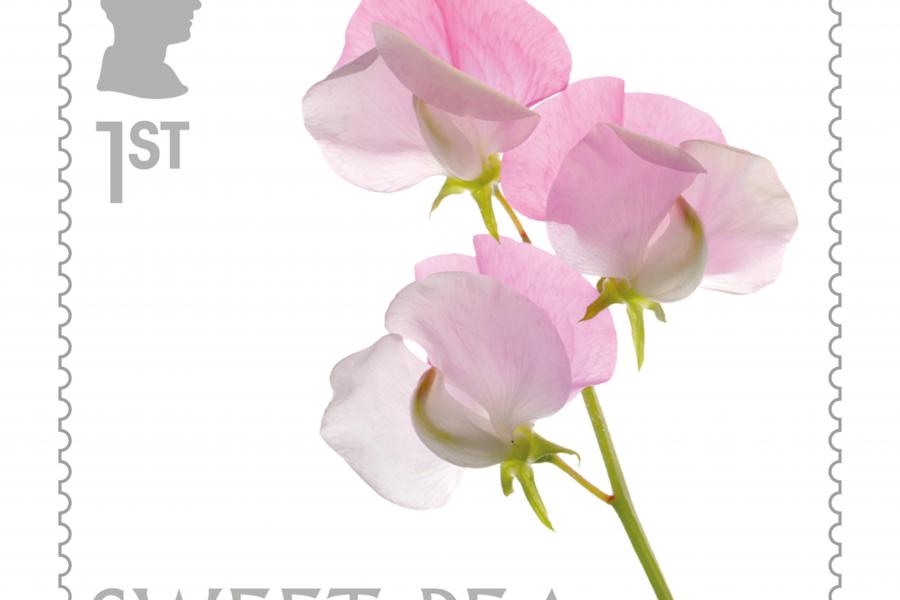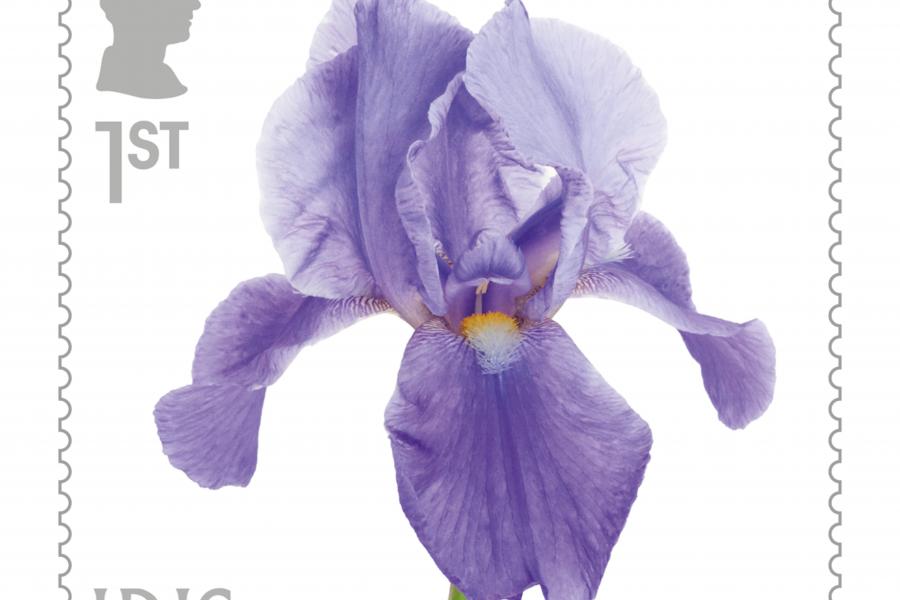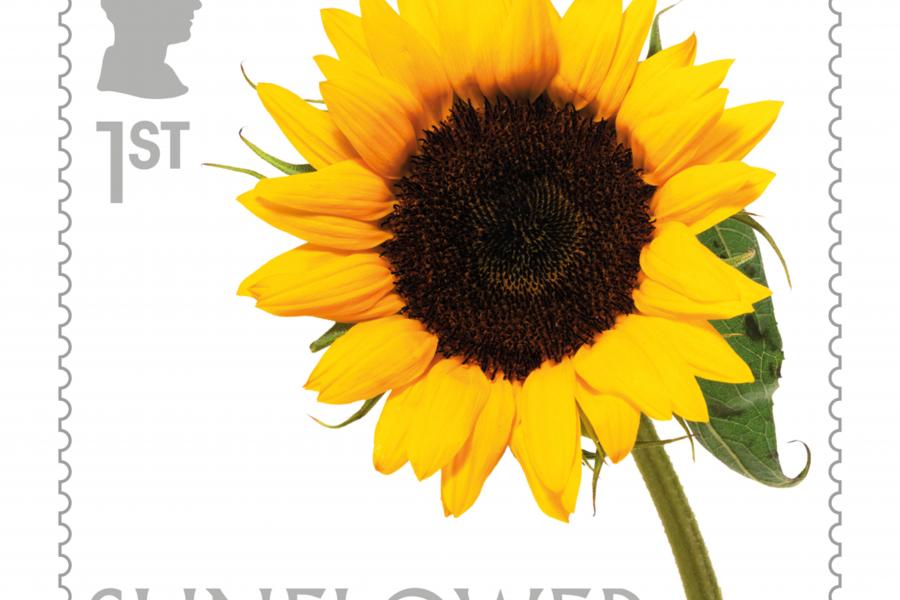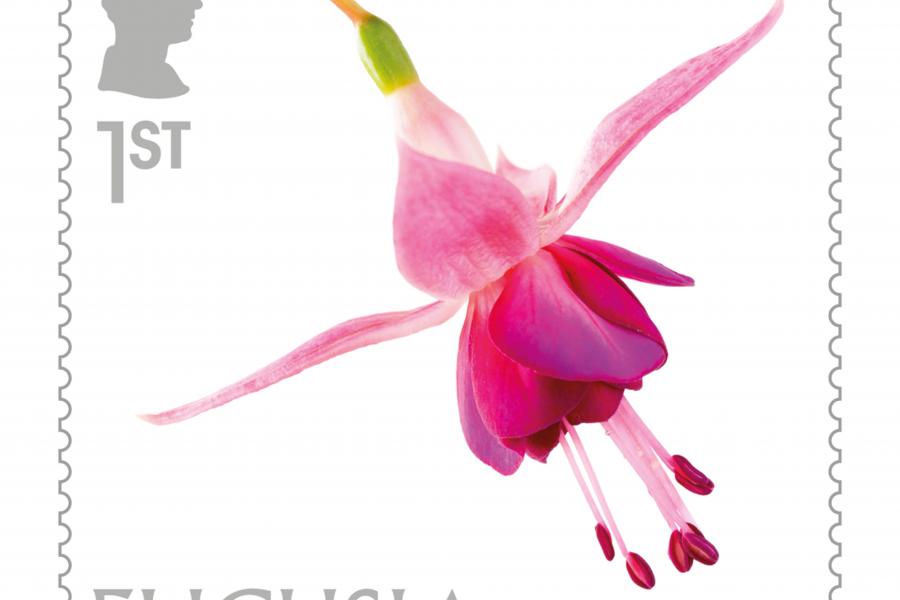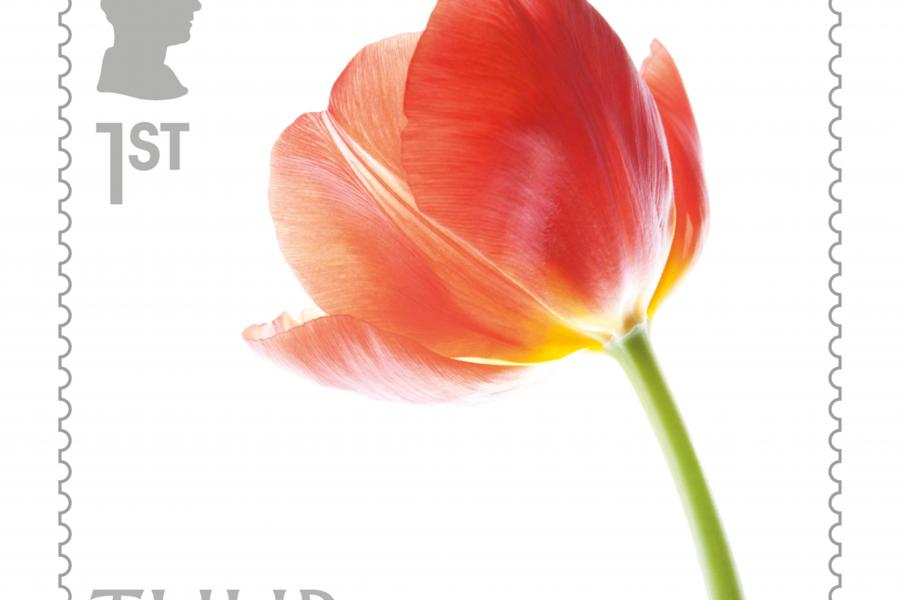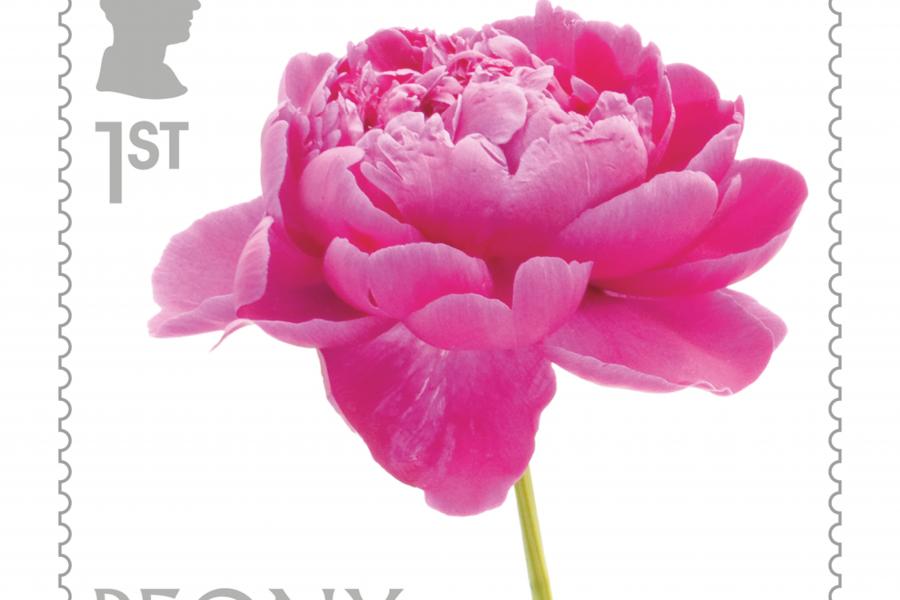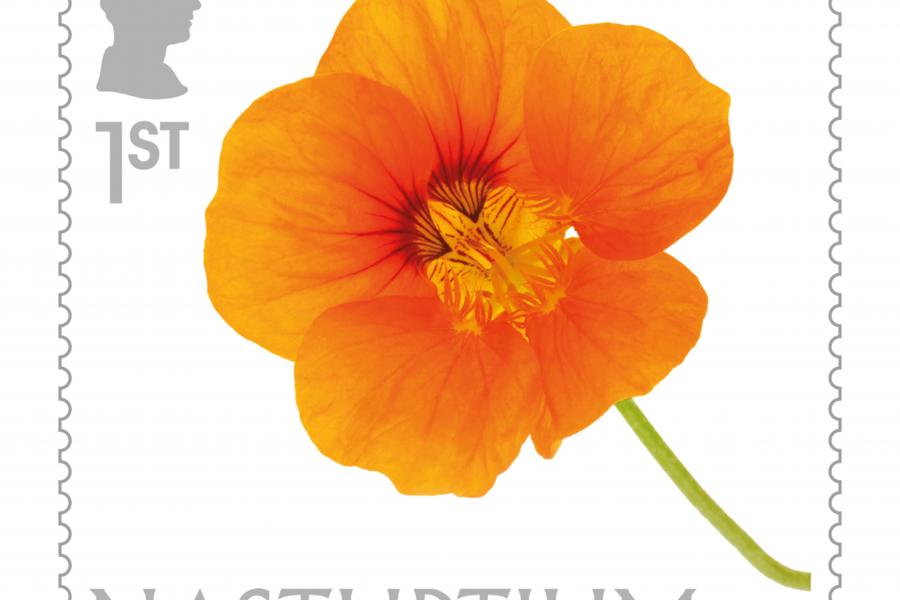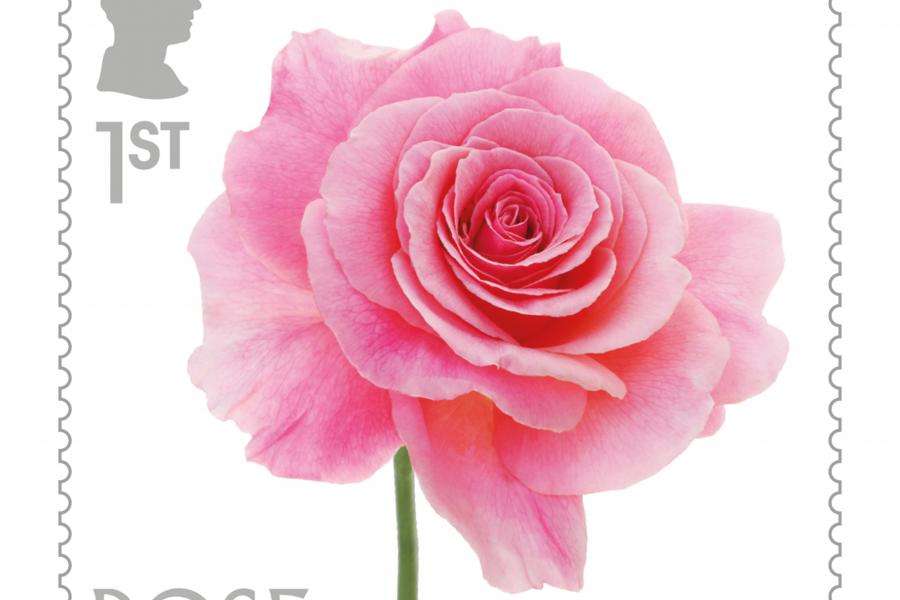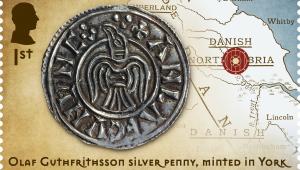Flowers
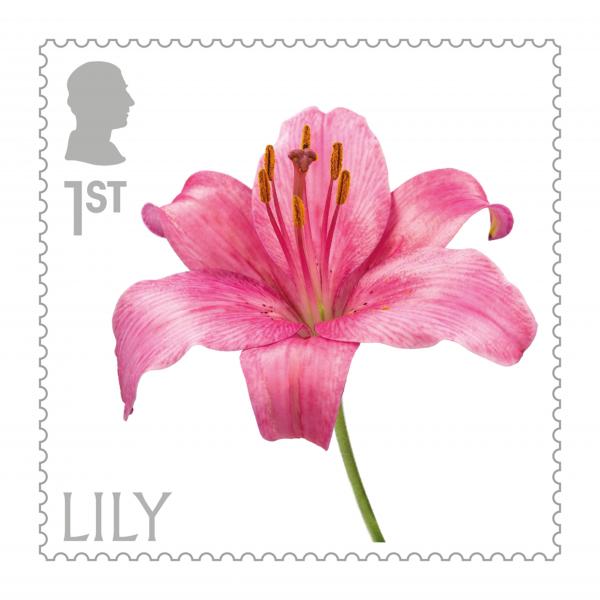
Placed on sale 12 days before the first definitives of the new reign, they feature a selection of the most popular flowers found in gardens across the country.
Britain is known as a nation of gardeners, with a love of the colour, fragrance and delicacy of flowers that runs deep in its collective consciousness.
Flowers are integral to the cycle of the seasons, but also symbolic and comforting, integral to social rituals and often deployed as metaphors for hope or health.
Some of the flowers that are familiar sights in our gardens are native, while others arrived from around the world as British botanists explored the planet and imported exotic plants.
The designs feature striking photographs of flowers against a white background. The inscriptions are limited to common names, with species and varieties not identified.
The set was designed by Charlie Smith Design, with the King’s silhouette based on an illustration by Andrew Davidson.
Printed in litho by Cartor Security Printers, they are available in se-tenant strips of five.
1st class SWEET PEA
Originally brought to the UK from southern Italy and the Greek islands, the sweet pea is a sweetly scented annual climbing plant, cultivated since the 17th century.
1st class IRIS
Named after the ancient Greek goddess of the rainbow, perhaps due its wide variety of colours, the iris is a perennial with a long stem and six-lobed flowers.
1st class LILY
A tall and fragrant perennial, the lily has a symbolism which extends from heraldry to funerals. Many hybrids have been cultivated, and the name is often applied to plants which are superficially similar but not true lilies.
1st class SUNFLOWER
A tall annual, used for making cooking oil as well as for illuminating gardens, the sunflower was first cultivated by native Americans thousands of years ago, and brought to Europe in the 16th century.
1st class FUCHSIA
A perennial shrub which produces decorative, pendulous flowers, the fuchsia is native to southern America and was brought to Europe in the late 17th-century.
1st class TULIP
A member of the lily family, originally from Asia, this distinctive perennial has a long history of cultivation, notably by the Ottoman Turks but most famously by the Dutch, engendering ‘tulip mania’ in the 17th century.
1st class PEONY
Cultivated for millennia in China for food-flavouring and medicinal purposes, the peony has more than 30 species, mostly herbaceous perennials. Their blooms are magnificent but short-lived.
1st class NASTURTIUM
Native to southern and central America, the nasturtium was introduced to Europe in the 16th century. Its flower has been used as an ornamental salad ingredient, with a peppery taste reminiscent of watercress.
1st class ROSE
With more then 300 species which hybridise easily, the rose now has tens of thousands of cultivars, popular for both their beauty and their fragrancy. Their flowers are staples of mythology, heraldry and art.
1st class DAHLIA
Native to central America, the dahlia became a popular garden plant in Europe in the 19th century. Its 49 species and 50,000 cultivars produce a huge variety of flowers, which are unscented but brightly coloured.
ADDITIONAL PRODUCTS
The presentation pack has reflections by gardening writer Naomi Slade about the significance of flowers in the national psyche, and in our rituals and traditions.
A first day cover and stamp cards are available as usual.
PRICES
Set of 10 stamps £9.50
Presentation pack £10.40
First day cover £12.05
Stamp cards £4.50
VERDICT
COMMEMORATIVE WORTH 2/5
Flowers are a dependable generic theme for any stamp programme, but suitable for the first issue of a nature-loving monarch
QUALITY OF DESIGN 3/5
The images come from stock photographs, albeit beautifully photographed in high resolution
WOW FACTOR 3/5
The colourful images may attract less attention than the silver cameo in the top-left corner
